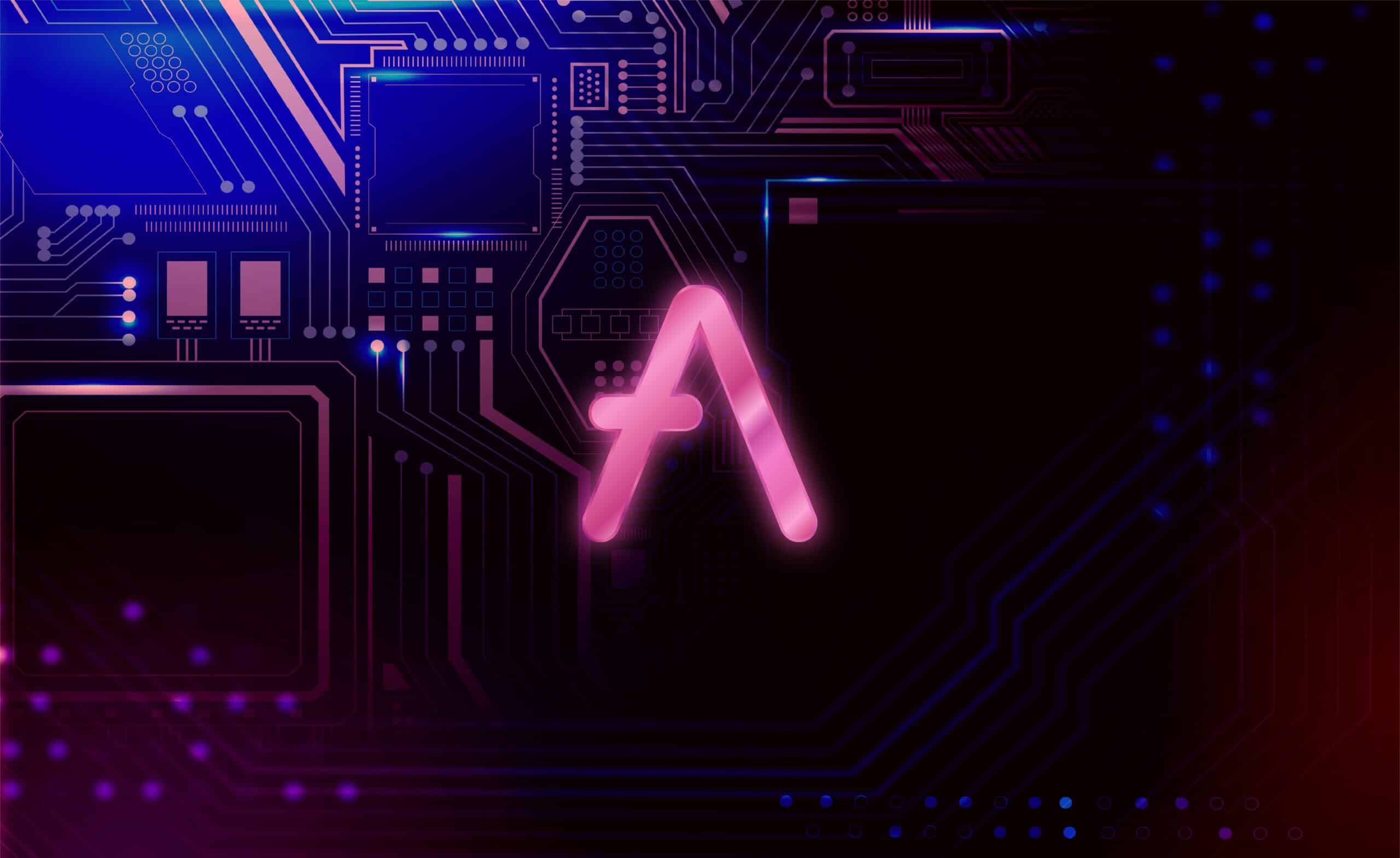Aave Labs Unveils V4 Upgrade Proposal, Introducing a Unified Liquidity Layer and ‘Fuzzy’ Rates

Aave Labs, the entity within the motivate of one of many largest decentralized lending protocols Aave, has released a assortment of governance proposals that can decide how an upcoming model of its protocol — Aave V4 — will be built.
In a post on the governance forum on Wednesday, Aave Labs released a temperature test to gauge the community’s response to the audacious evolution of the protocol, which could well optimize capital efficiency and integrate Aave-native stablecoin GHO more seamlessly.
We are proposing vital upgrades and expansions, including the groundbreaking Aave V4, Aave Community, Snide-Chain Liquidity Layer, non-EVM L1 deployments and a original unusual visible identification, all main the formulation forward for DeFi innovation.
Be taught more: https://t.co/Qu91ghKQqV pic.twitter.com/RRLX58JZVG
— Aave Labs (@aave) Also can 1, 2024
If common, the preliminary pattern for the protocol will open up within the 2d quarter of 2024, with a rotund liberate deliberate for mid-2025.
The proposed unusual parts encompass more efficient architecture, which could per chance be a complete departure from old iterations of the protocol. The largest commerce, in line with Aave Labs, could per chance be the introduction of a Unified Liquidity Layer, which could well generalize the theorem of Portals launched in Aave V3.
“No longer like old variations, the unusual liquidity layer abstraction is proposed to enable sooner or later for the Aave DAO to onboard unusual borrow modules and offboard archaic ones with out needing to migrate liquidity,” explained Aave Labs.
Aave Labs expects that these improved borrowing parts would rid the protocol of fragmented liquidity prevalent in older variations Seeing as this liquidity layer would natively toughen every equipped and natively minted assets, it can perchance enable for greater integration with Aave’s GHO stablecoin and other collateralized ecosystem assets.
The protocol would additionally put in power “fuzzy-controlled” interest charges, which could well automate payment changes in line with market instances, optimizing charges for every borrowers and suppliers. Aave Labs is working with blockchain oracle community Chainlink to originate a clear fetch 22 situation of recordsdata feeds to give a enhance to capital efficiency.
While Aave V4 would comprise a host of alternative parts — much like excess debt safety, improvements to the liquidation engine and emergency redemption mechanisms — some reward parts could per chance be deprecated. These encompass credit score delegation, precise payment, tokenizing native positions and Mortgage to Cost (LTV) configurations.
“Subject to the unusual proposed architecture and the removal of deprecated parts, preliminary estimates display a reduction between 30 and 50% in gas fees with V4 technical improvements,” said Aave Labs within the post.
Also can 2 03:19AM ET: This yarn’s headline used to be updated for readability reasons.
Source credit : unchainedcrypto.com
